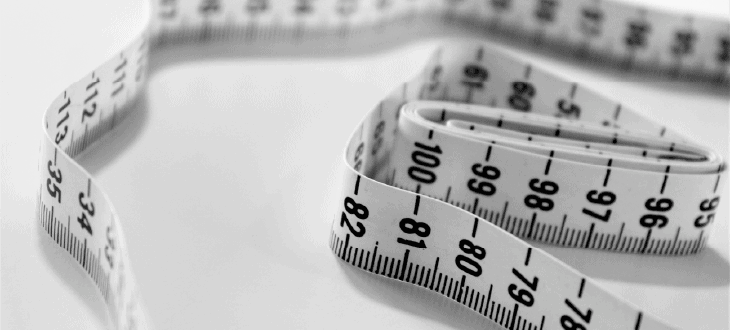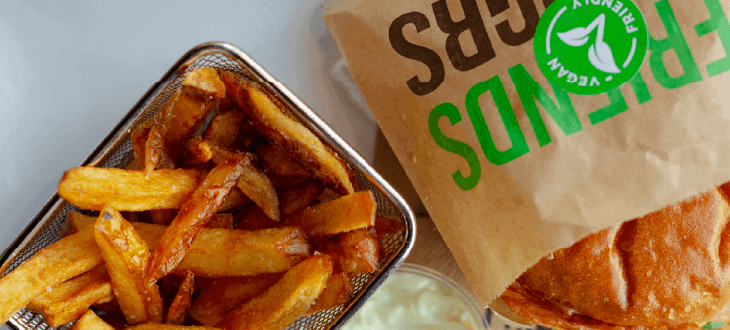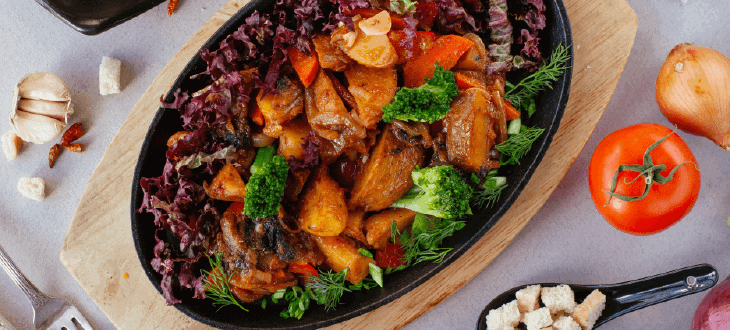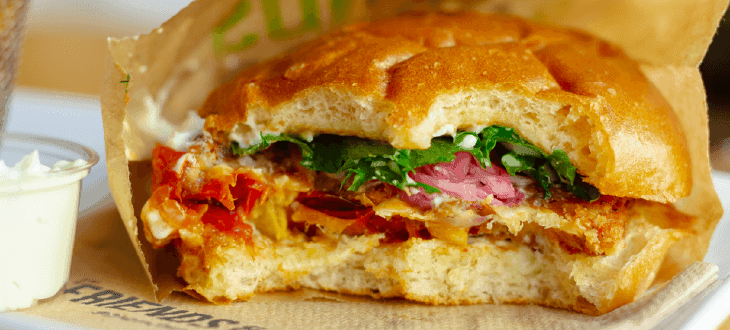What’s the Difference between Vegetarian, Vegan, Plant Based, and Gluten Free?
In this article we explore the differences between vegetarian, vegan, plant based, and gluten free diets, and which one might be right for you.
There are so many different types of diets and their variations, it can be hard to keep up with what’s what.
That’s why in this article we’ll be taking a look at the four most common diets – vegetarian, vegan, plant-based and gluten free. We look at what they are, what they involve and what their benefits are. We also look at which diet may be the right one for you.
What is a Vegetarian Diet?
The vegetarian diet, broadly speaking, involves eating no fish, poultry or meat. But did you know there are roughly five types of vegetarianism?
- Lacto-vegetarian diet
People who follow this form of vegetarianism don’t eat poultry, fish, meat and eggs. However, they do eat dairy.
- Ovo-vegetarian diet
Along with not eating meat, the ovo-vegetarian diet allows eggs but not dairy products.
- Lacto-ovo-vegetarian diet
This is the standard vegetarian diet – no meat, poultry, or fish but you can eat eggs and dairy.

- Flexitarian diet
A flexitarian diet is the least vegetarian of the diets. To be flexitarian is to occasionally eat fish, poultry, and meat. In many ways the flexitarian diet is similar to a plant-based diet.
- Pescatarian diet
A pescatarian eats fish as well as eggs and dairy but does not eat poultry or meat.
For the sake of brevity and comparison, when this article talks about vegetarianism it will be referring to the Lacto-ovo-vegetarian diet. As this is the most common form of vegetarianism.
(Recap on Lacto-ovo Vegetarian – no meat, poultry, or fish but you can eat eggs and dairy).
Health Benefits of Vegetarianism
Vegetarianism has been said to have a number of health benefits such as:
- May reduce risk of cancer
This research is still in its early stages, however, there is some suggestion that a vegetarian diet might be linked to a lower risk of cancer.
- May enhance weight loss
A 2016 review of 12 studies found that those on a vegetarian diet lost four and a half kilos more over 18 weeks compared to those on a non-vegetarian diet.

- Promotes heart health
A vegetarian diet can reduce risk factors for several kinds of heart disease. There have also been studies that associate vegetarianism with lower blood pressure levels.
What is a Vegan Diet?
The Vegan diet excludes not just meat, poultry and fish, but all animal products. People often adopt this diet for health reasons or environmental and ethical reasons.
However the vegan diet’s not that simple, there are many different types of vegan diets. The seven most common variations of a Vegan diet are:
- Raw-food
This diet is based on raw vegetables, fruits, nuts plant foods or seeds cooked below 118⁰F.

- Whole-food
Similar to a raw-food vegan diet except there’s no restriction on the temperature at which the food can be cooked at.
- Starch solution
The starch solution diet is a high-carb, low-fat diet that limits fat-rich plants like avocado and nuts. It focuses on cooked starches like rice, corn and potatoes instead of fruit.
- 80 / 10 / 10 aka Fruitarian diet
This version of veganism is high-carb, low-fat diet similar to the starch solution. The big difference is that this one relies on soft greens and raw fruits rather than the cooked starches.

- Junk-food Vegan diet
This is like no other vegan diet on the list. The junk-food vegan does not eat whole plant foods. Rather they eat mock foods such as mock cheeses, (mock) meats, vegan desserts, and chips along with other processed vegan alternatives.
- The Thrive diet
The thrive diet is a raw-food diet. People who follow this variation eat plant-based whole-foods raw or minimally cooked.
- Raw till 4
Inspired by the 80/10/10 and starch solution diets, the raw till 4 diet involves eating raw foods until 4p.m. At dinner you may have a cooked plant-based meal.
For the sake of brevity and comparison, when this article talks about veganism, it will be referring to the whole-food diet. As this seems to be the most common form of veganism.
(Recap on the Whole-food Vegan diet: based on raw vegetables, fruits, nuts plant foods or seeds – all cooked at any temperature you like).
Benefits of veganism
Veganism done properly is said to have many health benefits, including:
- Helps you lose excess weight
Compared to non-vegans, vegans have a lower body mass index (BMI) and tend to be leaner. This is one of the reasons why many people struggling with their current body weight are turning to a vegan diet. This itself, is probably because a vegan diet reduces the number of calories consumed as part of the diet.
- Less chance of developing or dying from cancer
A 2017 study showed vegans may benefit from a 15% lower risk of cancer.
- Improved kidney function
Especially for diabetics. Replacing meat with plant protein can possibly improve kidney function.
The vegan diet
To get the benefits of a vegan diet, you must follow it consistently. And it is important to build a diet around nutrient-rich plant based foods instead of heavily processed plant foods (such as bread, pasta, breakfast cereals etc.).

In some cases, vegans need supplements to ensure they get their daily requirements of certain vitamins and minerals. The usual concerns are Vitamin B-12 and Iron.
The main difference between vegetarians and vegans
The key difference is that vegetarians can eat dairy products as well as other animal-based products like eggs and honey. Whereas vegans keep a much stricter diet. There is no variation of a vegan that will eat meat, poultry, fish or animal products like some types of vegetarians.
What is a plant-based diet?
A plant-based diet is one that focuses on plant-based food sources, while not completely excluding meat. This is really more of lifestyle choice than a diet, and there aren’t any pre-defined categories or types like we’ve seen with the vegan and vegetarian diets.
The principles or guidelines of a plant-based diet are:
- Animal products are avoided or limited.
- Minimally processed, whole foods are emphasised.
- Fruits, vegetables, legumes, whole grains, nuts and seeds should make up the majority of the diet.
- Added sugar, white flour, processed oils and refined foods are excluded.
It’s easy to see why the plant-based diet sometimes gets confused with vegetarianism.

The important difference is that if you’re on the plant-based diet there’s nothing wrong with the occasional bit of meat or other animal products.
The idea behind a plant-based diet is that it is predominantly plant-based (i.e. most of your weekly intake is plant based), with other food thrown in for a healthy balance.
Benefits of a plant-based diet
The benefits of a plant-based diet are quite similar to the benefits of both the vegetarian and vegan diets.
It can help you lose weight, and lower your risk of heart disease and cancer.
There have also been studies conducted that showed a plant-based diet could help slow or even prevent cognitive decline in older adults.
If you’re still not sure what it’s all about, maybe read this post on ‘What is a Plant Based Diet? – A Simple Explainer‘… it does a pretty good job of explaining the basics.
The difference between a plant-based, vegetarian and vegan diets
Of the three discussed so far, the plant-based diet is the most relaxed. You can still eat meat, poultry and fish, but you should do it in moderation. As long as the diet is mostly minimally processed plant-based food – you’re eating a plant-based diet.
Whereas there is no room for animal products of any kind in veganism, and vegetarians won’t eat meat but are fine with other animal products.
What is a gluten free diet?
A gluten free diet is one that removes all gluten from what you eat. This is done for many reasons, however; health is the predominant one.
People typically avoid gluten because of an allergy, celiac disease or a non-celiac gluten sensitivity.
To follow a gluten free diet means you cannot eat (or drink) the following items:
- Barley
- Rye
- Wheat-based foods
- Brewer’s yeast
- Malt
- Wheat-based pasta
- Wheat-based bread
- Baked goods (unless labelled as being gluten free)
- Couscous
- Snack foods like chocolate, muesli bars, popcorn, pretzels, and crisps.

If you have to follow a gluten free diet the easiest way to make sure things are gluten free is by reading the packaging.
A gluten free diet can be restricting, although there is more of a range of gluten free products today than ever.
There are several health benefits to going gluten free. These include – helping with weight loss, reducing inflammation and boosting your energy levels.
If you want to read more about ‘Free From’ diets, try this post on ‘What are Free From Foods?‘
What are the differences between these four diets?
The difference between these four diets is mainly the ability to eat certain foods. For those on a gluten-free diet, their only restriction is that they cannot eat anything with gluten in it. What they choose to eat after that is up to them.
A plant-based diet is any diet which is predominantly whole plant-based foods. Preferably minimally processed. A plant-based diet does allow for some meat and other animal products, unlike vegans and vegetarians.
Vegetarians are a little more relaxed than vegans but not as relaxed as plant-based diets. Vegetarians can have animal-products except for fish, meat and poultry.

Vegans are the strictest of the lot. No animal products of any kind. And the food should be raw whenever possible.
Which one is right for you?
Each of these diets have their own pros and cons.
Although it is fair to say that some of these are more lifestyle choices than diets in the strictest sense.
To find the right diet for you, you should ask yourself what you’re trying to achieve, and why you’re trying to achieve that goal. It may also be a good idea to consult your GP or a dietician before making any significant changes to your diet.
A good place to start might be the plant-based diet, as it’s relaxed but still focusses on raw whole foods and avoids heavily processed foods, meat and dairy. From that diet you will have a better idea if you want to go any further – towards becoming either full vegetarian or full vegan.
Or perhaps you will be happy with a plant-based diet and stay there.
In fact, if you’re interested in just that, then read: Why You Should Try a Plant-Based Diet in 2023.
Take care, and thanks for reading!
